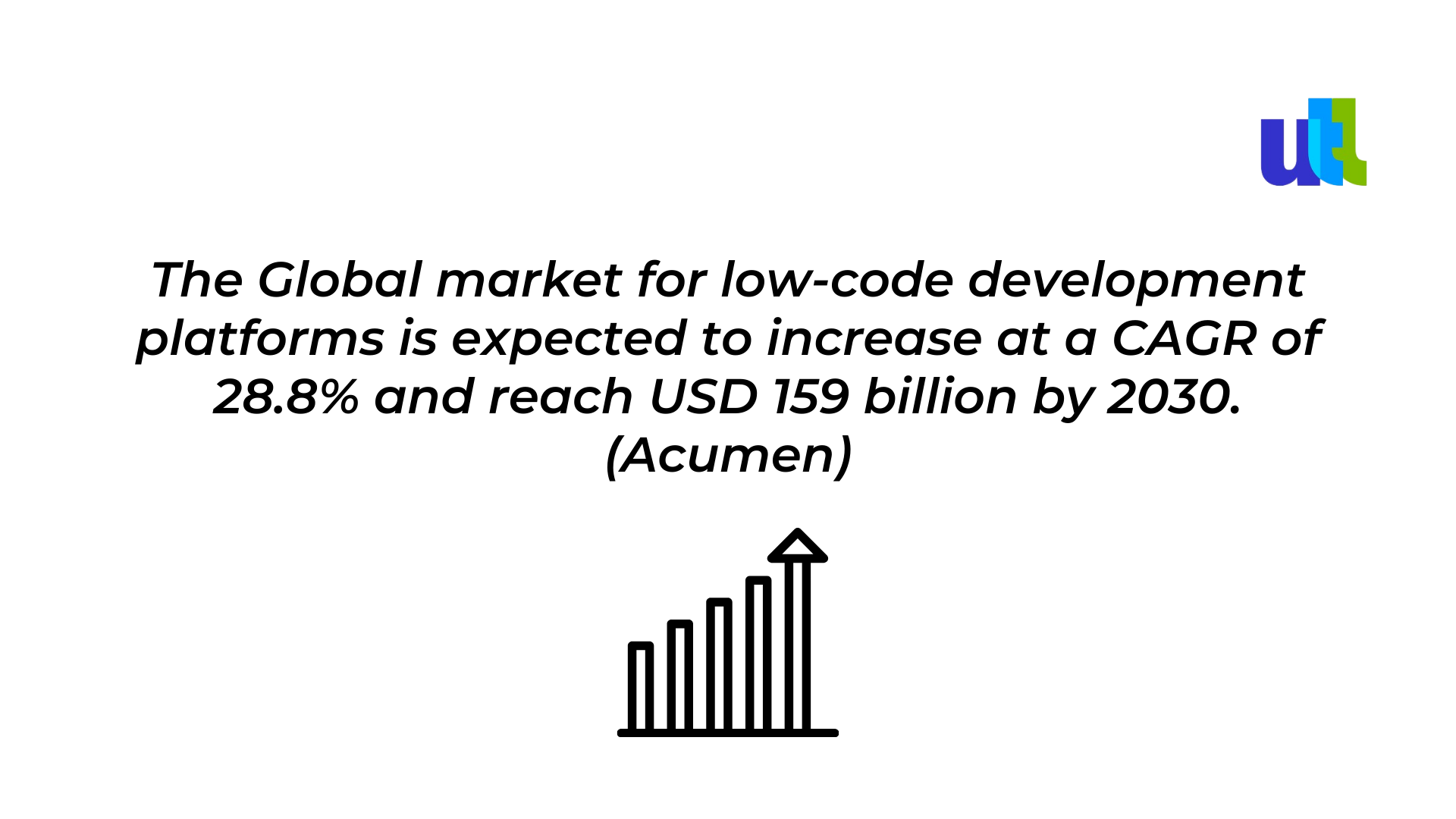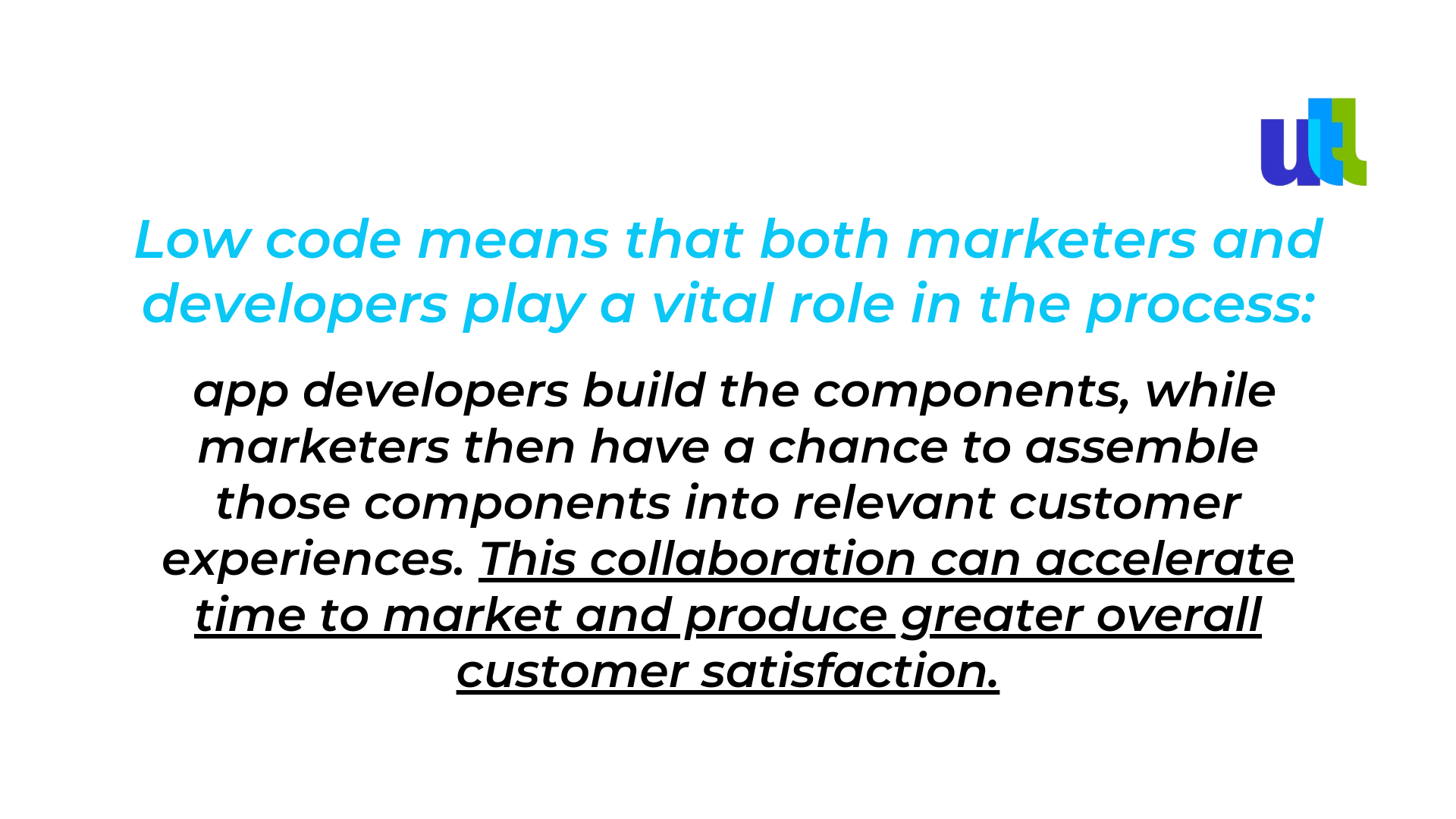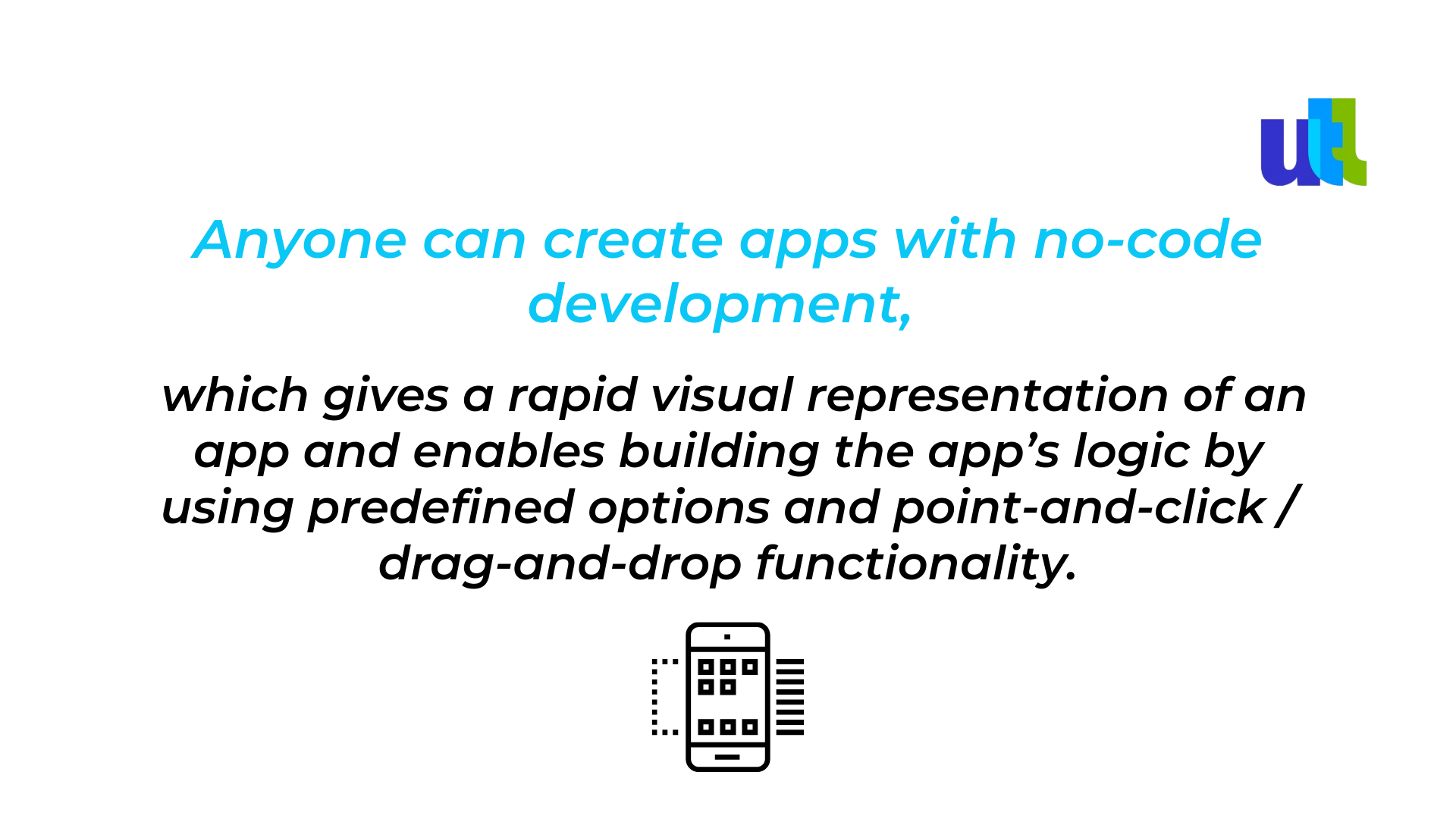It is no secret that apps have become an integral part of our lives, and have redefined the way we access services every day. Businesses out there want to have their own mobile applications, their customers to stay engaged by sung those apps, and, thus, gain a competitive edge. However, the time, money, and efforts required to create an app are some important factors that often stop them.
Many of you can relate to this scenario, where developing a mobile app turns into a nightmare. Where to stop? How much time and money are needed? Who will develop it? Which technology to choose?...
The good news is: by following best practices and employing component-based design principles, modern applications should avoid the trap of the monolith. With low coupling and high cohesion, components and services can be assembled into different types of applications, while choosing the right assembly model is a critical part of any successful project.
The assembly models can be grouped into three distinct categories: high code, low code, and no code.
Each assembly model has its pros and cons. Most often a combination of these approaches across multiple teams is needed to address all business needs. And to illustrate this modern development mindset for you, we will share the pros and cons of high-code, low-code, and no-code approaches.
The differences between high code, low code, and no code
App developers must carefully craft each line of code to create a bespoke app utilizing the conventional method. This necessitates having a thorough development plan and knowledge of the technology and being ready to invest much time and effort.
But this is where the two new development trends are providing the breakthrough by enabling developers to build apps with NO coding.
Sounds promising? Keep scrolling further to explore No-code vs Low-code vs High-code comparison in detail.
High code
High-code assembly relies on developers to write and deploy code and is ideal for applications where the code should be tied to the experience itself. Developers will often use JavaScript frameworks like React or Angular, or frameworks specifically designed for mobile or native applications. Content and data are typically inserted via a headless CMS or other API-based services.
This approach is ideal for a “code-driven” experience tightly tied to code deployment cycles.
However, with a high-code approach, businesses are also heavily reliant on the developer’s hand.
Pros
- Streamlined development approach
- Highly customizable
- Better control of the source code itself
- Flexible to scale
Cons
- Highly dependent on developers
- Time-intensive
- Higher development cost
Low-code development

Low code as the name suggests is all about creating an opportunity for developers to develop apps rapidly, by combining the best of both worlds – coding, and no-code development. Furthermore, by leveraging components from existing libraries developers can design custom components, and, thus, put their creative side into practice.

Pros
- Improved speed
- Saved resources
- High ROI
- Easy deployment
- Lifecycle support
- Seamless integration
Cons
- Advanced business logic
- Limited functionality
- Security hindrance
No-code development
No-code development puts marketers and business owners directly in the driver’s seat. True to the name, such solutions do not require a single line of code. Instead, they rely on forms, configuration, and simple templates and tools to manage the experience.
No-code solutions are great for things like updating content or assets on a page. They can also be leveraged for more of a cookie-cutter approach.

However, no-code tools are limited in terms of bringing about big innovations or building new platforms. They're typically quite difficult and expensive to extend, while their flexibility is also often limited.
By 2025, low code will account for 65% of app development (Gartner)
Pros
- Brings higher agility
- Reduced costs
- Improved productivity
- Highly scalable
Cons
- Limitations on templates
- Lack of control
- Security glitches
Low-code and no-code application development are primarily used in three different contexts:
- MVP building
- Business process automation
- Ramp-Up for the development process
While high-code development - in the next three:
- Enterprise application development
- Scalability is on your chart
- Creating advanced features and functionalities
Low-code and no-code development tools are useful for small and medium-sized business requirements. They are revolutionizing the app development process, enabling individuals to create apps quickly and efficiently with less or even without any coding skills.
A collaborative approach to application development
Building an app that can be easily and quickly developed while being also full of advanced features is the dream of every entrepreneur.
However, there’s no single answer for how best to meet your development needs. The key to success is not sticking to a single assembly model and a one-size-fits-all mindset.
Business customers benefit greatly from no code, while developers – from low code. High-code development is a perfect fit for enterprise-grade apps.
If you have very limited time and need to present your project or idea to the stakeholders, then creating a prototype or a basic app with low-code or no-code is the best choice. However, if your business requires more features and functionalities, hiring mobile app developers and applying custom app development is probably your go-to choice.
Schedule a call with one of our app developers in Utah if you have any additional queries about whether you should go for low code or no code instead of custom development.
For free consultation on the application development click here.
----------------------------------------------------------------------------------------------
View the full presentation:
WRITTEN BY
Sofia Kutko
2023-06-29














































































































































































